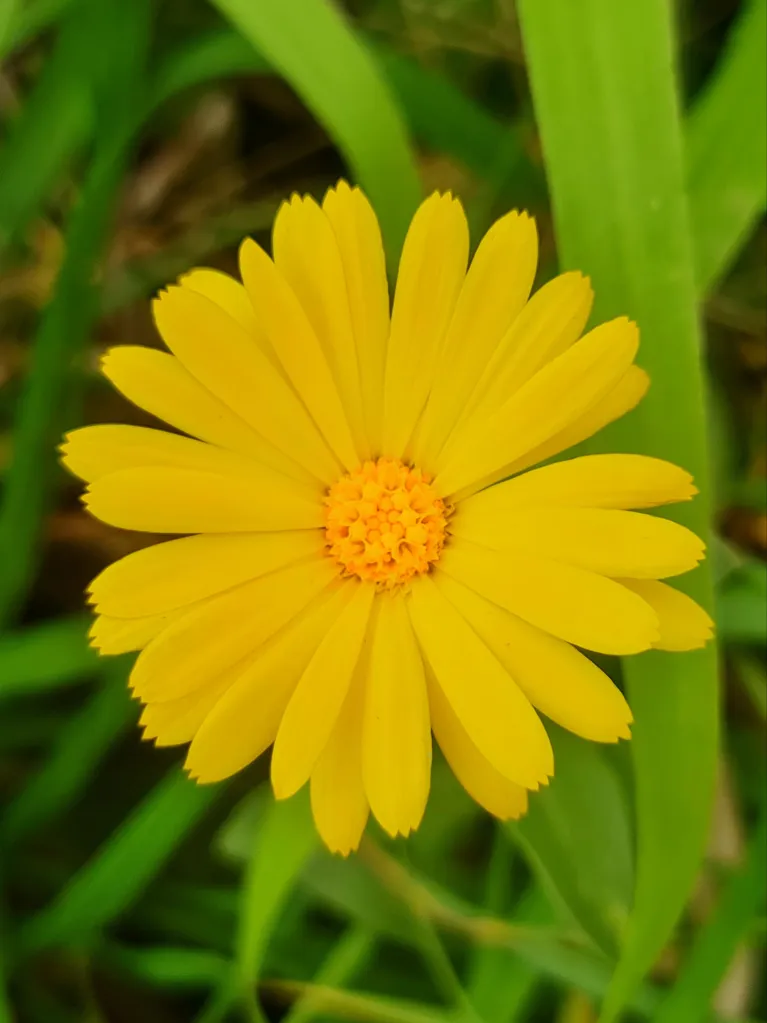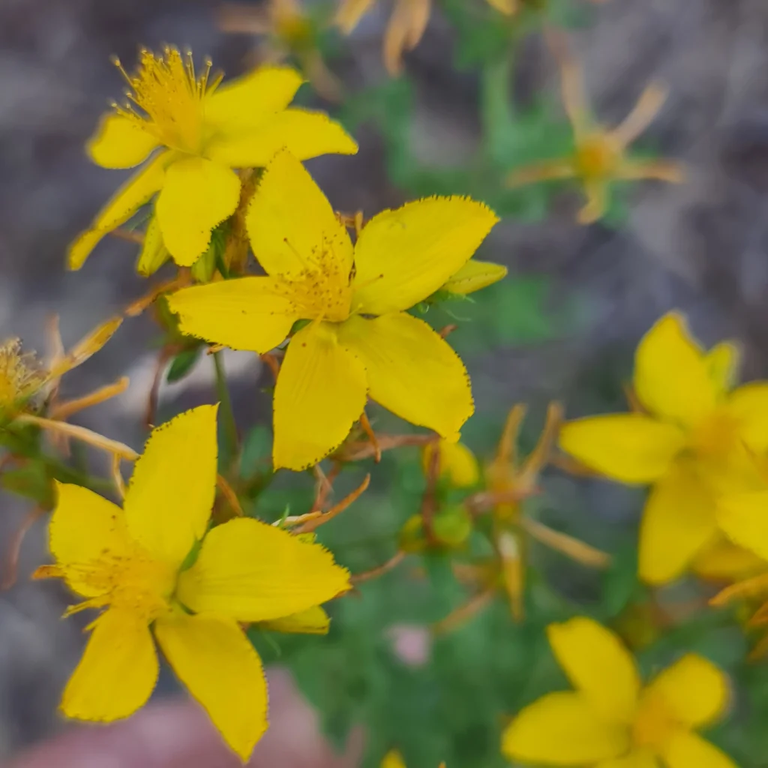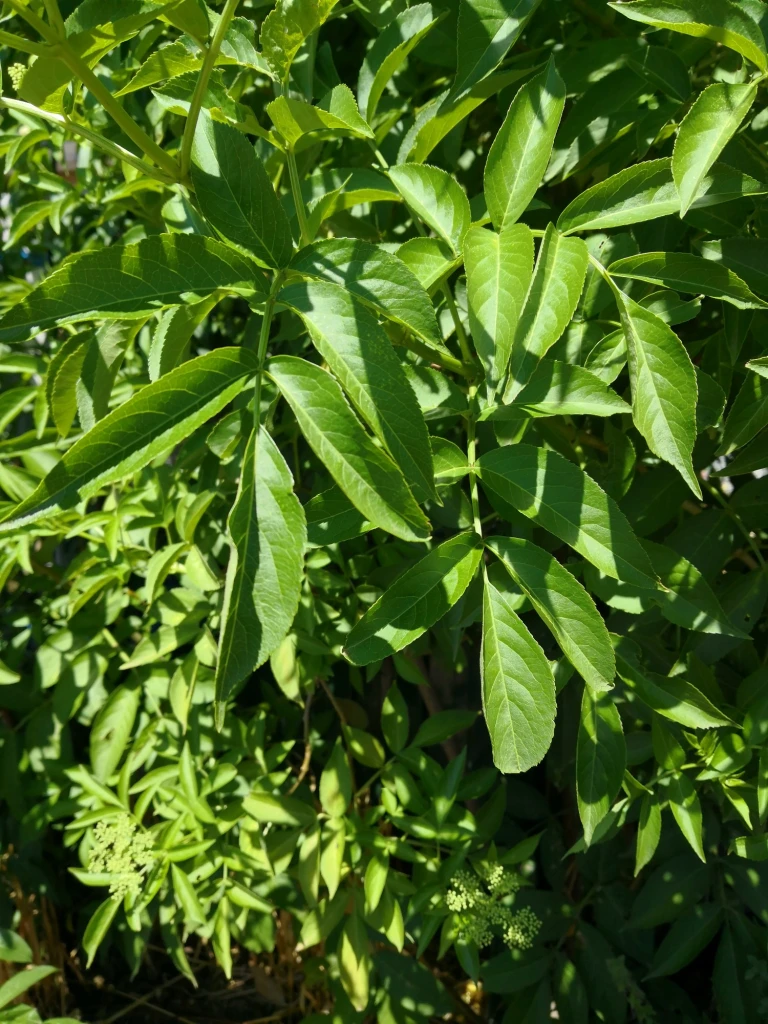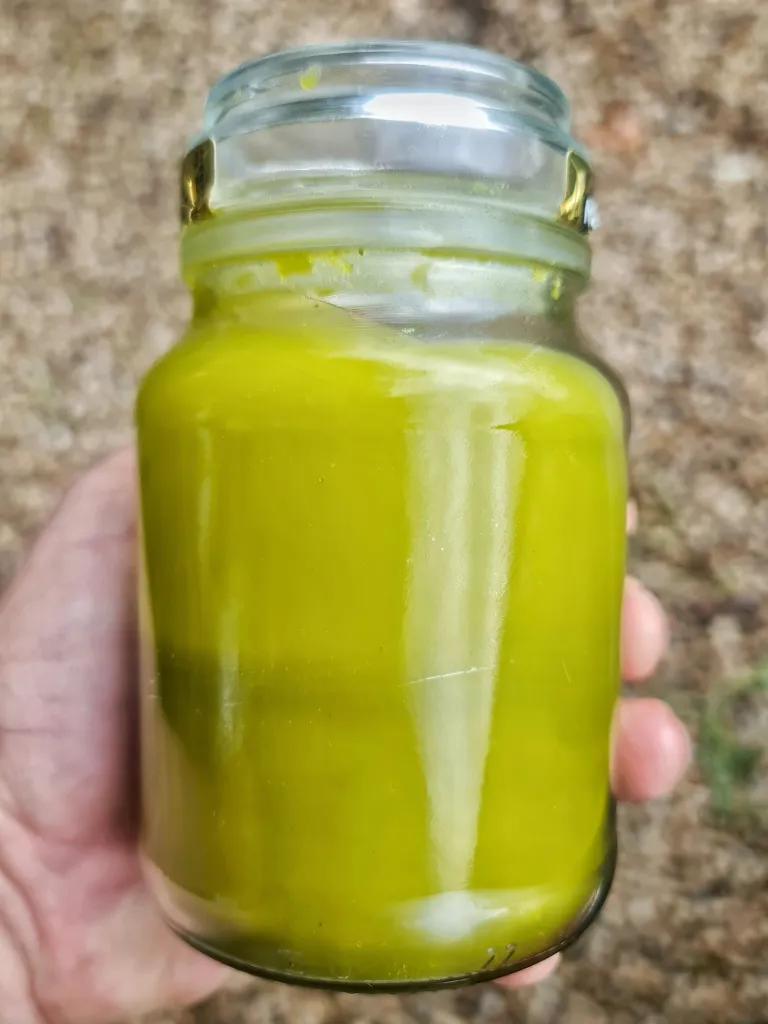

Doesn’t the title sound cool! It almost sounds like I know what I’m doing with all that Latin! Unguentum Sambuci Viride is an old term for a most ubiquitous healing salve made from Elder leaves.
Most folks get excited about the medicinal properties of Elder berries and flowers but its the leaves that I like to play with and why not? They’re around all year long and there’s so many of them. Green Elder ointment has been used for centuries as a healer of minor, external wounds, and was famous in the farming communities for chapped hands.
To break down the Latin name of the substance in question – ‘ungents‘ are oils or salves in the old language, ‘Sambuci’ refers to the Latin name for Elder and ‘viride‘ is green. I add ‘et Flavo‘ to the traditional name, it means ‘and yellow’ Putting it all together we get ‘Green and Yellow Elder Ointment.’ Maybe its not grammatically perfect in Latin, but I’m happy with it!

The traditional way of making the classic recipe includes lard and suet (Yuck!). I don’t like either of those, nor do I think I could get anyone to use it in these modern times. I don’t think that poor farmers and villagers would have had access to many of the oils that we have nowadays so we need an update. I like to use Grapeseed oil for most of my remedies because it penetrates skin easily and doesn’t leave greasy stains on clothing.
I’ve also added two other vulnerary (wound healing) herbs to my mix – Calendula for its ability to reduce inflammation and stop infection and St. John’s Wort for the same reasons, plus its ability to relieve nerve pain, especially in the extremities which are both rich in nerves and very easy to injure (who hasn’t jammed their finger in a door or car boot or missed a nail with their hammer and hit a finger)? The mix acts as an emollient to soften hardened areas and reduce scarring.
The ingredients -
Yarrow, Comfrey or even English Daisy could just as easily have been added to the mix but I think it may have been overkill to have so many ingredients – those of you who know me will know that I like to work with triptychs, groups of 3 herbs that provide a balanced set of properties. We’re already working with 5 ingredients in this recipe – Grapeseed Oil and Beeswax each have their own healing properties. The bright sunny colours of St. John’s Wort and Calendula are why I call this salve ‘Green and Yellow Elder Ointment’.
Elder leaves as the bulk of the recipe because of their ease of availability throughout the year in our garden. Their anti-inflammatory and anti-microbial actions, plus tannins to stop the bleeding make the leaves almost a first aid kit in themselves.

Calendula for its antimicrobial, inflammation reducing properties plus its ability to move lymph so that wastes are removed from the area.
St. John’s Wort as a vulnerary but mainly to relieve some of the nerve pain .
Grapeseed oil and Beeswax form the base of the ointment. They both have their own healing properties too. Many people like to use Olive oil for their remedies but, that has doubled in price of late, and Grapeseed is cheaper. I’m currently rewriting our page on Herb Infused Oils, so keep an eye out for the muchly updated version.
How I make it
Mrs Grieves, in her ‘Modern Herbal’ details the original recipe as follows – “It can be compounded as follows: Take 3 parts of fresh Elder leaves, 4 parts of lard and 2 of prepared suet, heat the Elder leaves with the melted lard and suet until the colour is extracted, then strain through a linen cloth with pressure and allow to cool”.
My customised recipe is –
- 2 cups of Elder Leaf oil
- 1 cup of Calendula oil
- 1/2 cup St. John’s Wort oil
- 1 cup of Beeswax.
Other possible herbs to add are Yarrow, Comfrey, or English Daisy, each of which is a potent wound healer in their own right.
Combine the oils and warm them in a double boiler then add the Beeswax and stir until it is incorporated into the oil. You can use a Magical Butter Machine if you have one. If you do, use the 2 hour and 54 degrees settings.
A couple of tips –
Make the oils first. I like to prepare oils and tinctures separately and not as combinations because then I have extra to play with when making other remedies.
You may prefer a stiffer ointment, so use this ratio first, then add more beeswax to the warm oil, a tablespoonful at at time until it reaches your desired consistency. Rather than keep heating and cooling the mix to test it, use the cold plate method so loved by jam makers to find the right consistency. That involves cooling a plate in the fridge (or outside at this time of year in Oz – it’s cold!) and pouring a teaspoonful or so of the warm ointment onto the plate. It will solidify quickly, allowing you to tell if you need more beeswax.
Unless your Beeswax has lots of debris in it, you won’t need to strain the mix, just pour it into clean jars, allow them to cool and seal them. If you do need to strain out bits and pieces, pour your mix through the strainer while it is still warm and very fluid. As it cools it becomes thicker and thicker until it is impossible to strain.

Using the ungent
Rub the ungent (don’t you love using old terms?) on the affected area several times a day. It will help kill off microbes, reduce any inflammation. move the wastes and soften the area.
I’ve recently been using the ungent on Athena (who has a cyst on her hip) in just this manner and it has ripened the cyst much faster than normal though it hasn’t opened quite yet but we will persevere.
Some of you may have seen that I've been writing a series of posts about herbs and making herbal remedies at home. I want to share what I know of this topic so that, as the world gets crazier, folks will have other avenues of medical care, namely those of themselves and their community. If you look back over this blog, you can see heaps of info on the topic, plus loads and loads of posts on herbs and using Australian bushfoods from a white perspective. If you haven't been around on in the @hivegarden and @naturalmedicine communities for long, you may be interested in looking back. There's w-a-a-a-a-y too much there for me to repost and the Hive system doesn't let you vote on old posts so, if you're happy with what you find, I believe that there is now a tip option...





